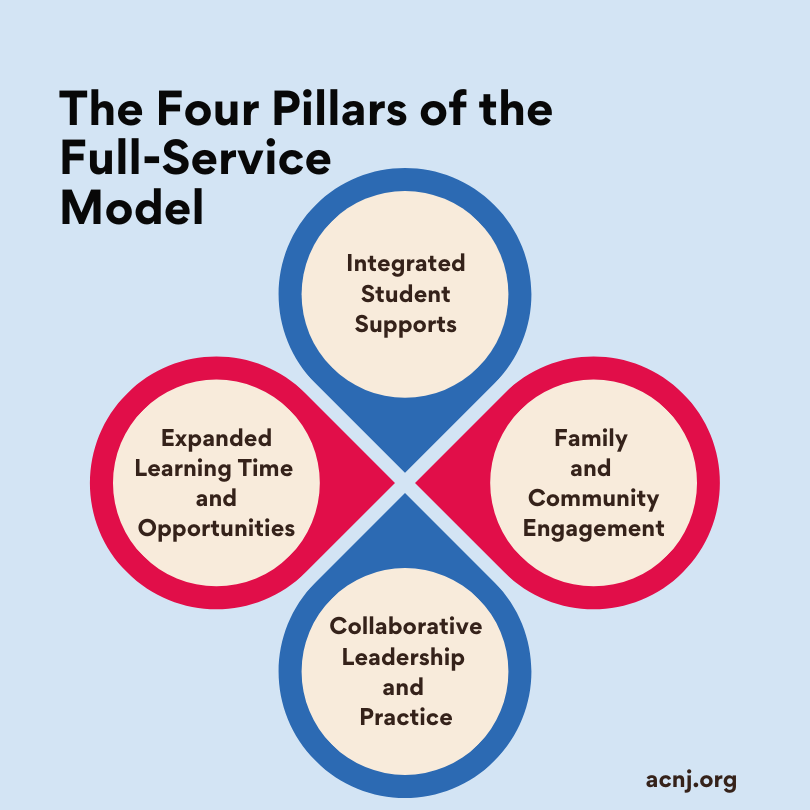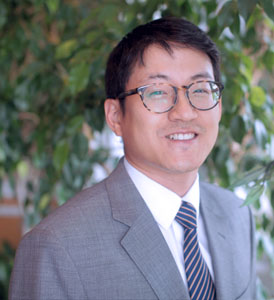Posted on March 16, 2021

For more than 20 years, ACNJ has produced KIDS COUNT data reports to bring you the most current data relating to the well-being of children. In an effort to continue to highlight important trends impacting our state's children, ACNJ created the NJ KIDS COUNT Data Dashboard, which will now be updated on a quarterly basis. We encourage you to use these data to inform your programs, write grant reports, and educate members of your community.
Data updates for this quarter include:
- NJ Earned Income Tax Credits, Recipients with at Least 1 Dependent Under Age 19 (# of credits issued and average claim amount)
- Federal Earned Income Tax Credits, (# of credits issued and average claim amount)
- Unemployment Rates
- Infant Mortality Rates
- Teens Ages 16 to 19 Not Working and Not in School
- Youth Admissions to County Detention
- Youth Commitments
Unsure how to navigate the dashboard? Check out this short video to help you get started. Jump to 4:05 mark to learn how to print the data that interests you!
Have any questions? Contact ACNJ's KIDS COUNT Coordinator, Alana Vega at avega@acnj.org. And be sure to check back next quarter for new updates!








